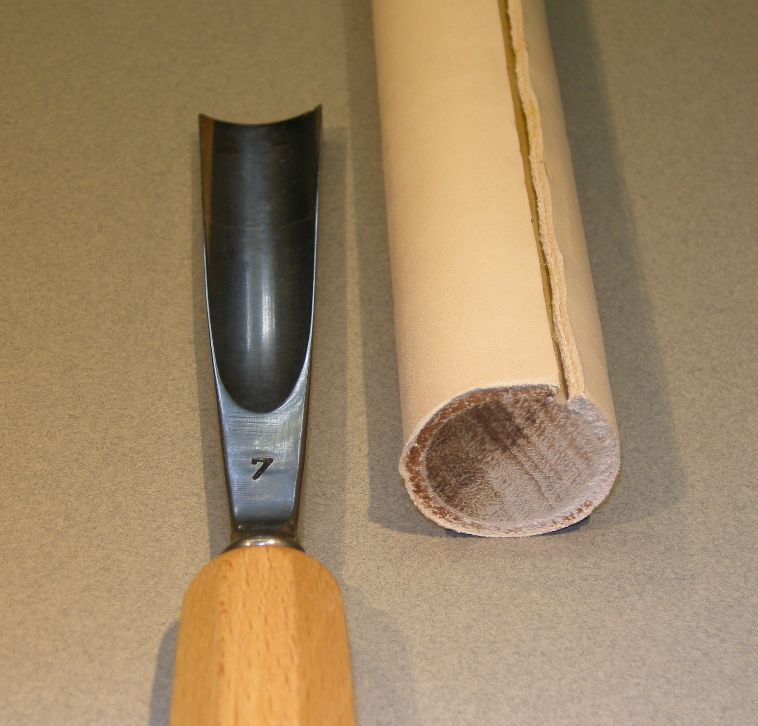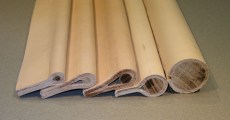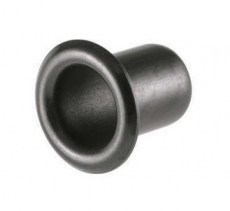

The use of leather to hone edge tools is probably as old as our species. A honing compound to assist with polishing the metal is recommended.
A sharp tool edge can be defined as the intersection of two polished edges. The emphasis is on two edges because while you can hone and polish the bevel face of chisels or gouges equal attention must be paid to the honing and polishing of the flute, the inside face of the gouge or in the case of a flat backed chisel the rear face.
Although we market slip stones intended for use in flutes their use can be problematic because they leave scratches in the metal which results in an unpolished surface. A slip strop should be routinely charged with compound and used frequently to maintain a polish in the flute. The ideal is to get the flute highly polished and avoid where possible having to use a stone internally. Choose a flute strop which is equal to or LESS than the radius of the tool to be honed.
PREPARING & USING YOUR STROP
Roughen the leather surface with some appropriate sand paper, apply the compound and use the strop in a drawing - not pushing - action. Arrange a worklight source to check progress and take care not to dub the end of the flute at the cutting edge.




